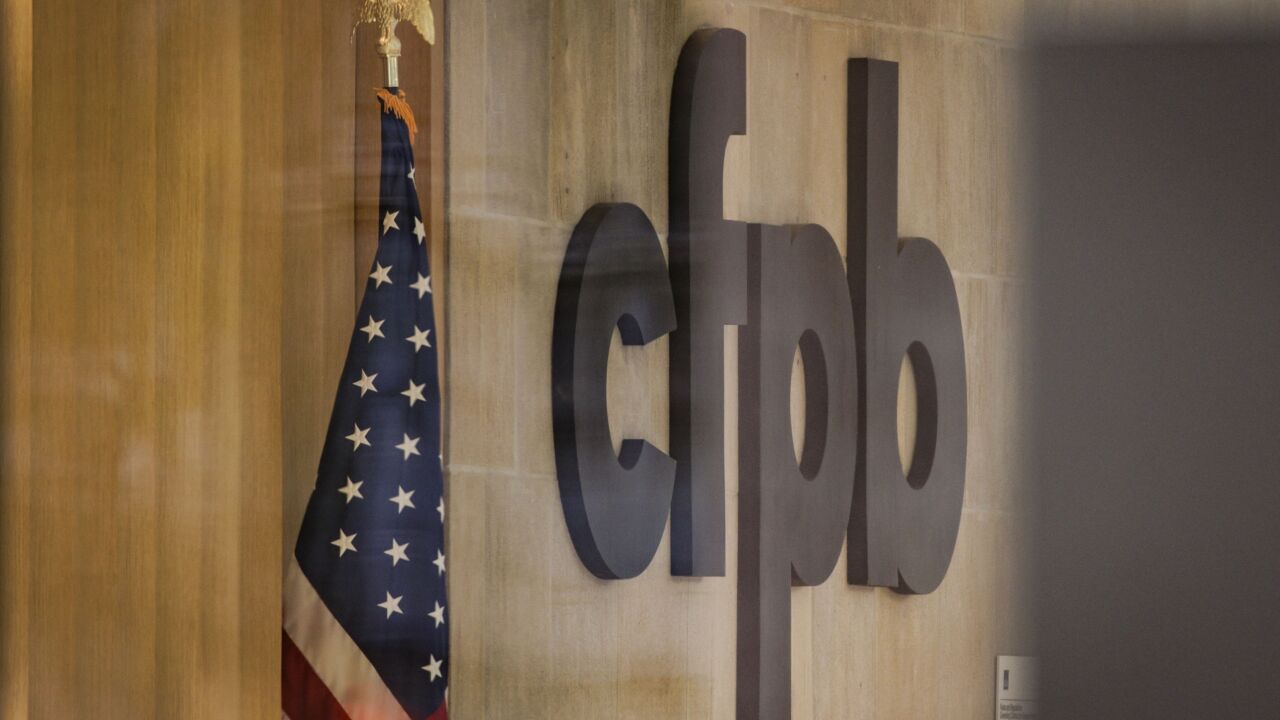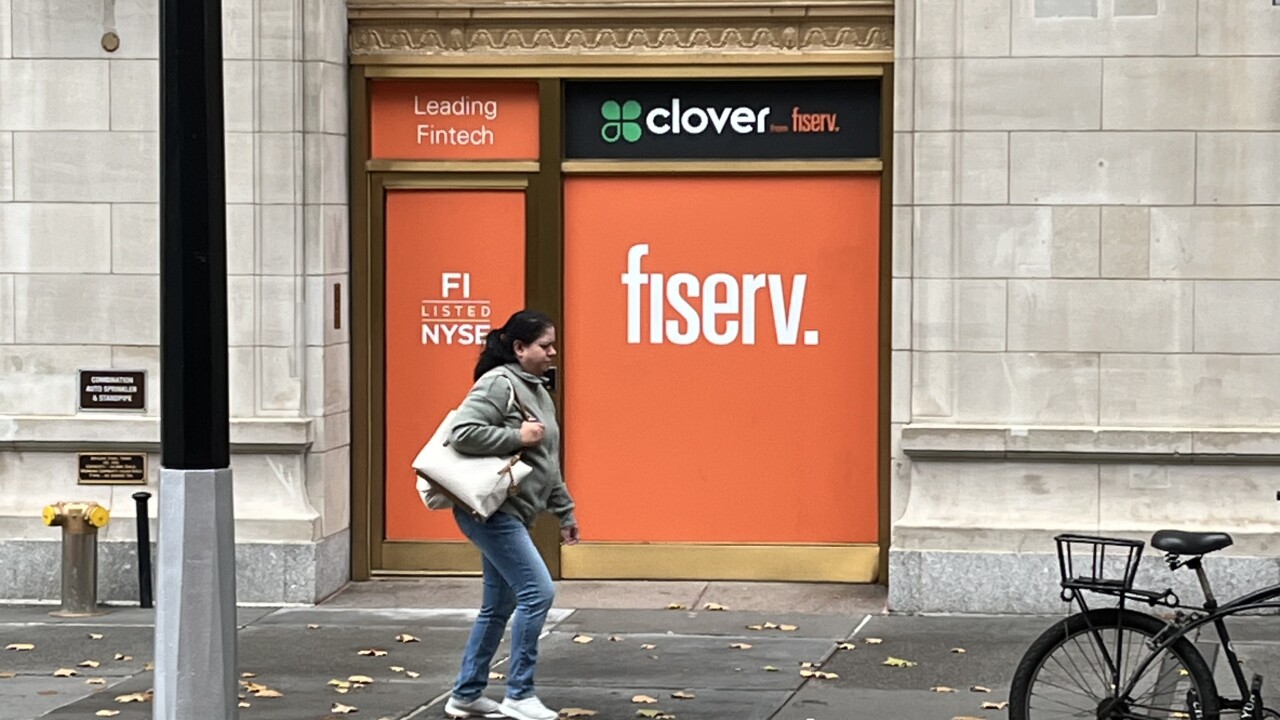When Severn Savings Bank did a recent phone survey of Maryland’s Ann Arundel County, executives learned two things. One, potential customers in the Chesapeake Bay community would join a community bank. Two, not many people were aware of Severn.
It was a different problem for Pennsylvania’s Willow Financial Bank, which was well known in Philadelphia. But it had been a year since Willow Grove Bank and First Financial Bank had merged into WFB. Two community banks; two very different stories of rebranding.
Severn’s director of marketing and communications Nicole Donegan says the bank wanted to show that their employees care deeply about the community because they, too, lived there. “We were trying to convey that we are just like you,” she says. “’We live here. Management lives here. We’re not a fly-by-night bank. We’re rooted here in the community.”
For Severn’s print ad campaign, which started in September and was designed by Baltimore’s Gilden Integrated for an undisclosed sum, the bank changed its logo. In bold, capital letters it says, “Severn,” with “Savings Bank” written in capital letters underneath. To the right is a trendy, artistic design of Chesapeake Bay Bridge’s twin, triangular arches. Atop the logo is written, “a natural resource,” designed to indicate that both the bank and the bay are natural resources to the community. Severn, with assets of $940 million, has four branches.
All four ads do a solid job of connecting the bank to its famous surroundings. One ad shows a winding stream flanked by the phrase, “Before you choose a bank, you should know what’s coursing through its veins.” Accompanying the logo and the picture is the copy, “Introducing the new Severn Savings Bank. A Maryland natural resource with a national reputation. Can a bank have its own DNA? Ours is pure Chesapeake Bay. Visit Severn Bank today and see why we are a natural for your banking needs and our communities.”
Donegan notes that an important addition to these ads is a Chesapeake Bay Foundation seal. When a customer opens an account, the bank makes a Chesapeake Bay Foundation $5 or $10 donation in his name.
Marc Gallucci, founder of Boston-based ad firm FortFranklin, compliments Severn for tapping local imagery. “Strategically, it is a good idea for a local bank to hit on issues very important to the community,” he says.
It was a different issue for Willow Financial Bank, which was both thanking current customers and luring new ones with the “Sweet Success Sweepstakes.” The campaign, designed by Price Communications for an undisclosed amount, has five print ads, a rate-quote ad, a “See what WillPower is Worth” ad and two radio ads. Willow Financial Bank has 28 offices and $1.6 billion in assets.
The two banks, whose roots date to the early 1990s, wanted to avoid the term “one year,” notes Noel Devine, director of marketing. The ads attempt to incorporate how “sweet” WFB’s offerings are, with banners like “Sweet Opportunity,” “Sweet Deals,” “Sweet Rewards” and “Sweet Freedom.” One ad pictures a black businesswoman in her 40s, with a young staff in the background of her office. “Everything you need to take your business to the next level,” it says, and lists various bank products from free business checking and debit-card and online bill payment to remote-deposit services and merchant services.
Several ads highlight a customer sweepstakes, with prizes like a two-night spa package, a digital camera, a 12-month subscription to Mrs. Fields Cookie-of-the-Month Club, and an iPod Nano and iTunes gift card. The idea of prizes is a good one, says Troy Longie, creative director for Olson, a Minneapolis-agency, but he says the campaign doesn’t communicate. “What I miss is any emotional connection as a reader or consumer,” he says, noting that the ads use only generic stock photos.





